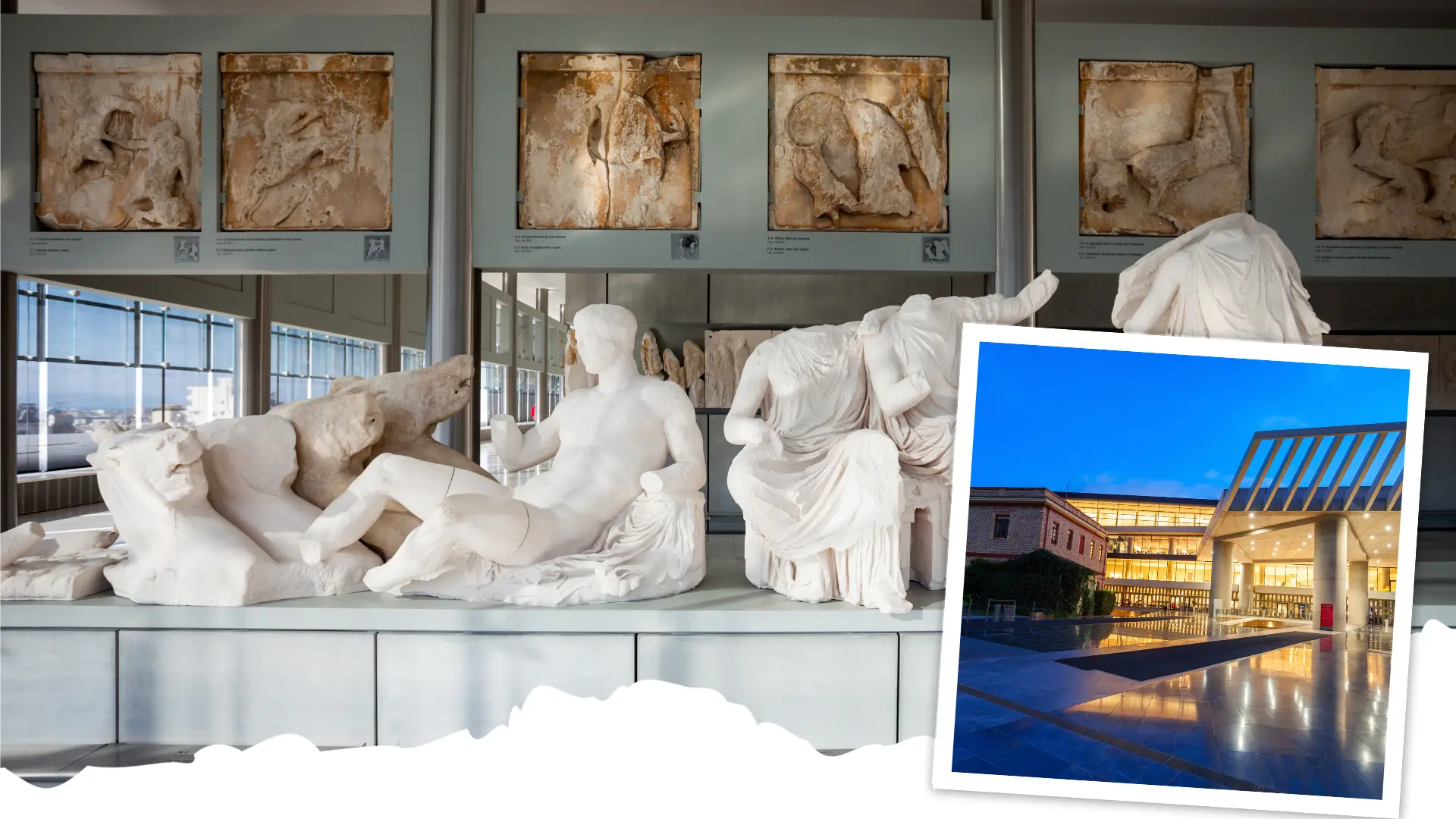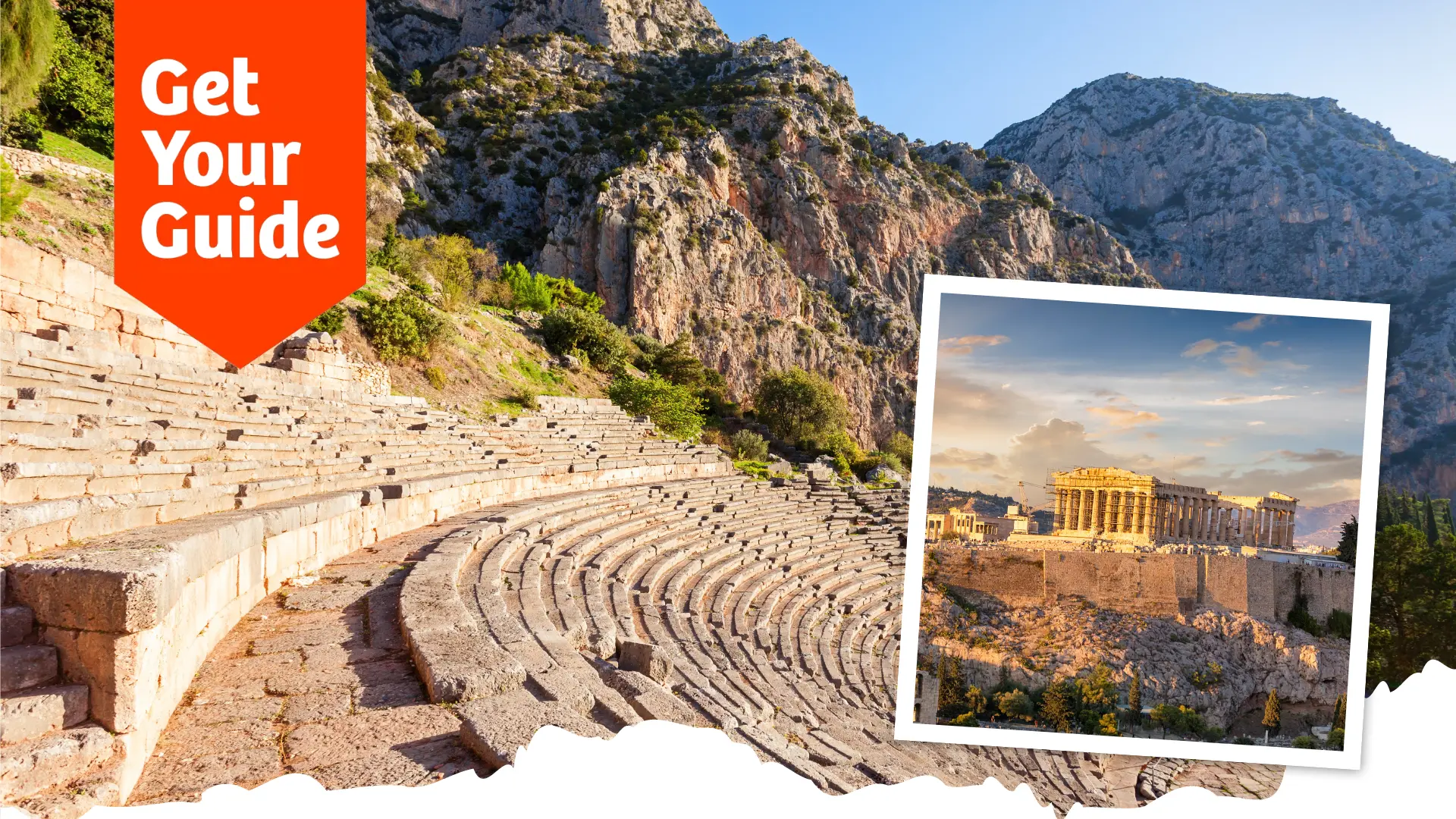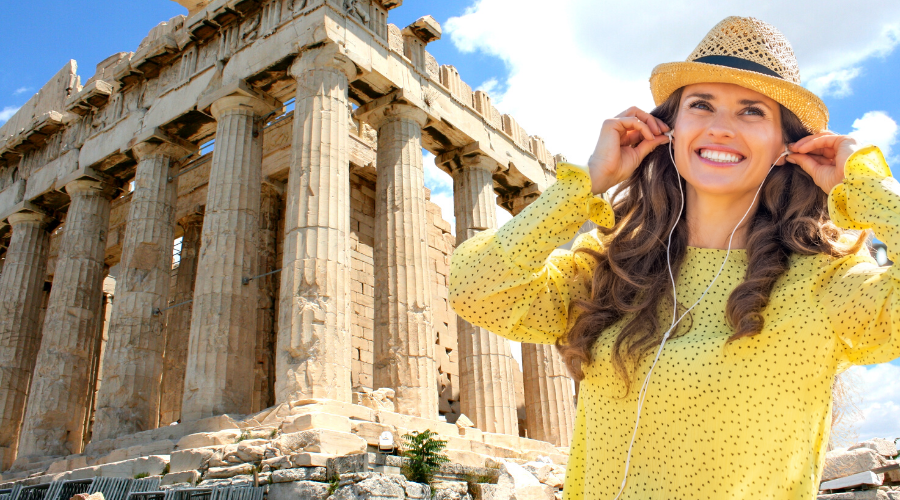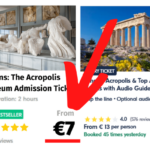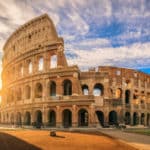Unveiling the Mystery: Why Was the Greek Parthenon Built?
Ever wondered ‘Why Was the Greek Parthenon Built?‘ This iconic temple, crowning Athens, stands as a testament to ancient Greek civilization. Discover its historical significance, from honouring Athena to epitomizing Athenian democracy. Let’s delve into the intriguing story behind this architectural marvel.
Why Was the Greek Parthenon Built? An In-Depth Exploration
Unraveling the Mystery of the Greek Parthenon
The Greek Parthenon, an iconic structure, prompts the question: Why was it built? This architectural marvel, more than a mere historical site, has intrigued visitors for centuries. Let’s dive deep into its origins and purpose.
1. Honoring Athena, the Patron Goddess
Primarily, the Parthenon was a temple for Athena, the revered goddess of wisdom and war. Therefore, its construction in the 5th century BCE represented Athenian religious devotion. This structure, housing a grand statue of Athena, was a place of worship and a symbol of divine protection for Athens.
2. A Testament to Athenian Democracy and Power
Furthermore, the Parthenon epitomized the Golden Age of Athens. It showcased the city’s democratic principles and prosperity. As a result, the Parthenon was not only a religious sanctuary but also a proud declaration of Athenian power and cultural supremacy.
3. Commemorating Victory and Resilience
Additionally, the Parthenon symbolized victory over the Persians. After the Persians destroyed an earlier temple, Athenians built the Parthenon to signify their resilience and triumph. Consequently, it stands as a historical testament to Athenian defiance and perseverance.
4. Architectural Mastery and Artistic Innovation
The Parthenon’s design and construction also marked a pinnacle in Greek architecture. With advanced techniques, like the use of optical illusions for harmony, it was an innovative project. Hence, the Parthenon was as much an artistic statement as it was religious or political.
5. A Center of Athenian Life
Moreover, the Parthenon served as a hub for Athenian social and political life. Important gatherings and events often took place here. Therefore, it was a dynamic center, integral to the daily life and governance of ancient Athens.
Conclusion: The Enduring Legacy of the Greek Parthenon
In conclusion, people built the Greek Parthenon for many reasons. These include religious reverence, political power, commemorative significance, architectural innovation, and social centrality. This great structure is in ruins. But, it still inspires and awes, embodying ancient Greece’s spirit.
The Greek Parthenon: Delving into Its Historical Timeline
The Construction Era of the Parthenon
When exploring the question “Why Was the Greek Parthenon Built?” you need to know its construction date. The Parthenon’s building period, from 447 to 432 BCE, reflects a significant era in Athenian history. During the Golden Age of Athens, it had political stability, wealth, and cultural growth.
Pericles’ Vision and Leadership
Under the leadership of Pericles, Athens embarked on an ambitious building program. Pericles envisioned the Parthenon as a symbol of Athenian glory and power. Consequently, its construction during his leadership reflects a period of Athenian dominance in the Greek world.
Contextualizing the Era in Greek History
This period was significant not just for Athens but for Greek civilization as a whole. The Golden Age saw advancements in philosophy, art, drama, and science. Therefore, the construction of the Parthenon coincided with a flourishing of Greek culture and intellect.
The Parthenon as a Product of Its Time
The architectural style and design of the Parthenon also mirror the era’s aesthetic values. The use of Doric columns, symmetry, and proportionate dimensions were hallmarks of the time. Thus, the Parthenon is not only a religious and political symbol but also a representation of the architectural trends of its era.
The Parthenon’s Role in Athenian Daily Life
Moreover, during its construction, the Parthenon was more than a building project. It played a role in Athenian society, involving artisans, architects, and labourers, thereby boosting the city’s economy and fostering a sense of community pride.
The Greek Parthenon: Uncovering the Masterminds Behind Its Construction
The Architects and Sculptors
In answering ‘Why Was the Greek Parthenon Built?‘, we must acknowledge who built it. The Parthenon was the brainchild of two brilliant architects, Ictinus and Callicrates. Additionally, the renowned sculptor Phidias oversaw the artistic direction, particularly the sculpture works.
Pericles’ Role in Commissioning the Parthenon
Pericles, the influential Athenian leader, played a pivotal role. Under the ambitious Periclean building program, he constructed the Parthenon. Ictinus and Callicrates designed it. But, Pericles was the driving force behind its creation.
The Contribution of Athenian Citizens
Furthermore, the Parthenon’s construction was a collective effort. Athenian citizens funded it through the Delian League’s treasury. This public funding aspect ties back to the temple symbolizing Athenian democracy and collective pride.
The Skilled Artisans and Laborers
The actual building work involved skilled artisans, stonemasons, carpenters, and laborers. Their expertise in handling marble and implementing advanced architectural techniques was crucial. Therefore, the construction of the Parthenon was a testament to the skills and dedication of these workers.
Phidias’ Artistic Genius
Phidias contribution cannot be overstated. His artistic vision brought to life the exquisite sculptures and friezes that adorned the Parthenon. These artworks reflected Greek ideals of beauty and perfection, making the Parthenon a masterpiece of ancient art.
The Greek Parthenon: Deciphering Its Multifaceted Uses
The Parthenon as a Religious Temple
A key aspect of ‘Why Was the Greek Parthenon Built?‘ lies in its primary use. The Parthenon was a temple. The people dedicated it to Athena Parthenos, the patron goddess of Athens. It housed a colossal statue of Athena, symbolizing her protection over the city.
A Treasury and a Symbol of Wealth
Moreover, the Parthenon also functioned as a treasury. Athens stored significant amounts of gold and silver here, reflecting its wealth and economic power. This dual role as a religious and economic hub was unique to the Parthenon.
A Center for Athenian Civic Life
Furthermore, the Parthenon played a role in Athenian civic life. It was a site for various ceremonies and festivals, integral to Athenian culture. Thus, it was not only a religious center but also a space for community gatherings.
The Parthenon’s Artistic and Educational Role
The Parthenon’s sculptures and architectural design also served an educational purpose. They were expressions of Athenian beliefs, history, and values. Visitors could learn about Greek mythology, history, and art just by observing its friezes and pediments.
A Symbol of Athenian Identity and Pride
Finally, the Parthenon stood as a symbol of Athenian identity and pride. Its grandeur and beauty were sources of inspiration for Athenians. It represented their achievements in arts, politics, and society.
The Greek Parthenon: Unraveling Its Historical Importance
A Masterpiece of Ancient Architecture
In addressing ‘Why Was the Greek Parthenon Built?‘, its architectural importance is paramount. The Parthenon is regarded as an apex of Doric architecture. Its proportions, intricate details, and innovative construction techniques set it apart as a masterpiece of ancient Greek architecture.
A Symbol of Athenian Golden Age
The Parthenon also symbolizes the Golden Age of Athens. It represents a time when Athens was a leader in politics, philosophy, and arts. Therefore, it’s not just a building but a monument to a significant era in human history.
Reflecting Greek Artistic and Cultural Values
Moreover, the Parthenon showcases Greek artistic and cultural values. Its sculptures and design elements depict mythological scenes and historical events, offering insights into ancient Greek beliefs and societal norms.
The Parthenon’s Role in Athenian Democracy
The Parthenon was integral to Athenian democracy. The citizens of Athens funded it. This reflects the democratic principles of taking part and shared duty. Its very existence is a testament to the civic engagement of the Athenians.
An Enduring Legacy and Inspiration
Finally, we cannot overlook the Parthenon’s enduring legacy. It has inspired countless artists, architects, and historians. Even in ruins, it still fascinates. It draws millions of visitors each year.
The Greek Parthenon: Delving into Its Architectural Style
The Essence of Doric Design
Exploring ‘Why Was the Greek Parthenon Built?‘ leads us to its architectural style. The Parthenon is a classic example of Doric architecture, one of the three orders of ancient Greek architecture. Its sturdy columns and simple, straightforward design are characteristic of the Doric order.
Proportions and Harmony
A key feature of the Parthenon’s architectural style is its emphasis on proportions and harmony. The architects employed mathematical precision to ensure that each element was in perfect balance with the others. This attention to proportion created a sense of harmony and aesthetic appeal that was revolutionary for its time.
Innovations in Construction
Furthermore, the Parthenon introduced several architectural innovations. Notably, the columns slightly incline towards the center and the stylobate (the platform on which the columns stand) curves. These small adjustments counteract optical illusions. They make lines look straight. They show the cleverness of the architects.
Sculptural Decorations
The Parthenon also stood out for its extensive use of sculptures in the metopes, frieze, and pediments. These sculptures, predominantly in the high-relief style, depicted various mythological and historical scenes, adding a rich narrative element to the architectural design.
The Parthenon’s Influence on Western Architecture
Lastly, the Parthenon has had a profound influence on Western architecture. Its style, proportions, and design principles have been replicated and adapted in various forms, making it a timeless icon in architectural history.
The Greek Parthenon: Unveiling Its Construction Mysteries
The Enigma of Its Flawless Proportions
In exploring ‘Why Was the Greek Parthenon Built?‘, we encounter the mystery of its flawless proportions. Despite the lack of modern technology, the architects achieved a level of precision that still baffles experts today. The Parthenon’s dimensions create an illusion of perfect symmetry and straight lines, even though none of the columns are exactly straight or the same size.
The Challenge of Marble Construction
Another mystery lies in the handling of marble, the primary construction material. Transporting and carving huge marble blocks with ancient tools was an extraordinary feat. The precision with which these blocks fit together, without the use of mortar, showcases advanced engineering skills.
The Optical Illusions
The architects of the Parthenon also mastered optical illusions. They incorporated subtle curves in the architecture, known as entasis, making the columns appear straight and counteracting the optical illusion of concavity. This level of architectural sophistication was unprecedented.
The Mathematical Genius Behind the Design
The mathematical precision in the Parthenon’s design is another aspect shrouded in mystery. The architects used complex ratios and geometry. These achieved harmony and balance in the structure. They were a testament to the architects’ deep understanding of math and beauty.
The Speed of Construction
People continue to wonder how quickly the builders constructed the Parthenon. They completed the project in about 15 years, which is a short time for such a big project. It shows the Athenians’ efficient organization and labour management.
The Greek Parthenon and the Acropolis : Unraveling Ancient Mysteries
The Acropolis : A Sacred Hill Shrouded in Mysteries
When considering ‘Why Was the Greek Parthenon Built?‘, it’s vital to explore the mysteries of its location, the Acropolis. This hill in Athens has been a centre of religion and politics for millennia. Greek mythology and history connect to its secrets.
Prehistoric Significance of the Acropolis
The
Myths and Legends of the Acropolis
Mythology plays a key role in the
The Acropolis During the Bronze Age
Further mystery surrounds the
The Acropolis Through Different Eras
Lastly, the
 Before you buy tickets, read the guide for 2024. Click Here
Before you buy tickets, read the guide for 2024. Click Here
